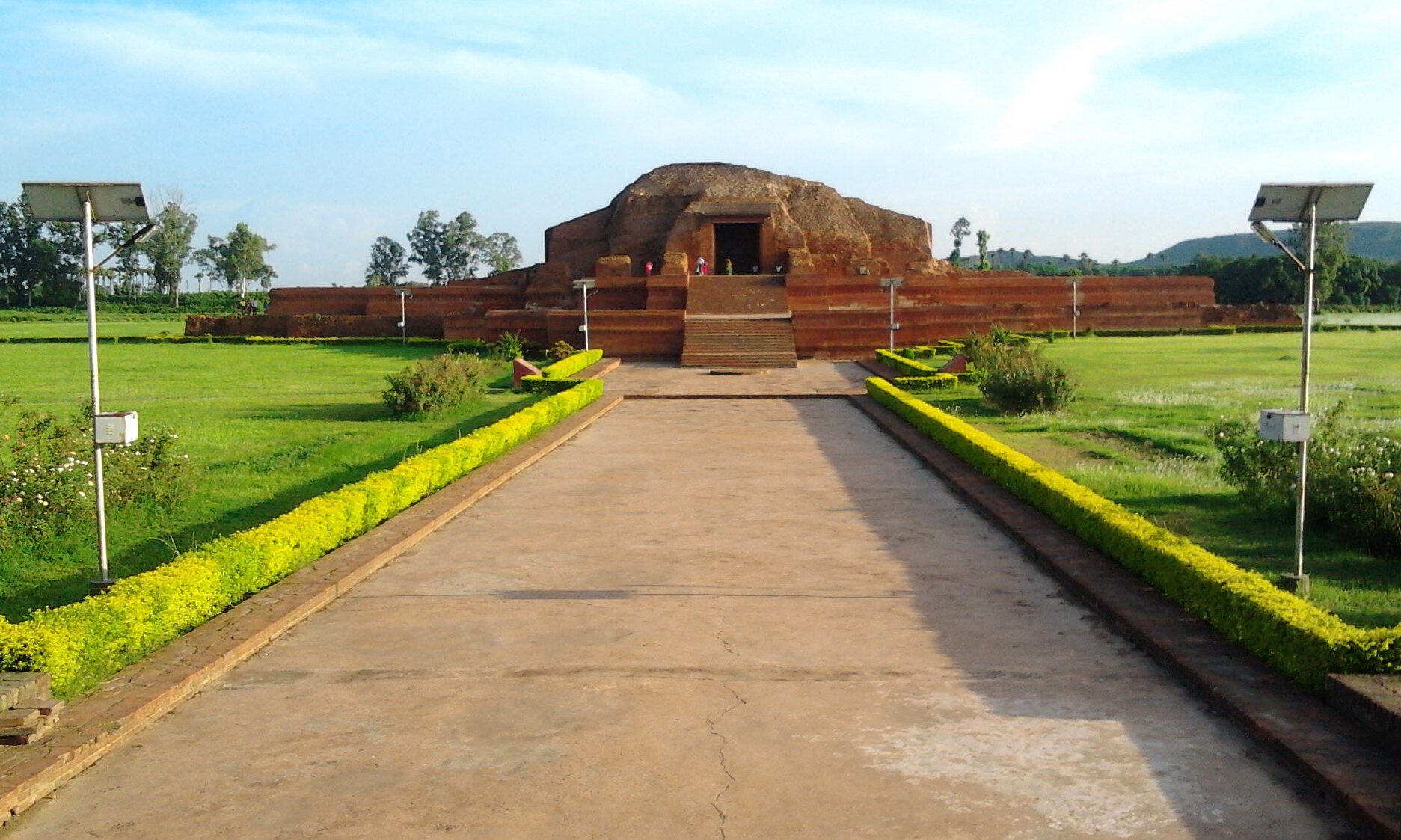Shahkund is a Town in Shahkund Block in Bhagalpur District of Bihar State, India. It belongs to Bhagalpur Division . It is located 28 KM towards west from District head quarters Bhagalpur. It is a Block head quarter.
Shahkund Pin code is 812006 and postal head office is Nathnagar.
Shahkund HillsThere is a very old and famous temple in Shahkud. People from all over shahkund and nearby village visit this temple to worship. During Mahashivratri and Shravan huge crowd gather here. It is situated on the hill top which can be seen from very far. Beautiful scenery of fields is a mesmerizing view from the top. There a big well in the temple premise which is the only source of water for the devotees. They take water from here to pour on the Shiv Linga.
Kheri hill, Shahkund in the district of Bhagalpur is situated at a distance of about ten kms from Sultanganj. Shahku…



















